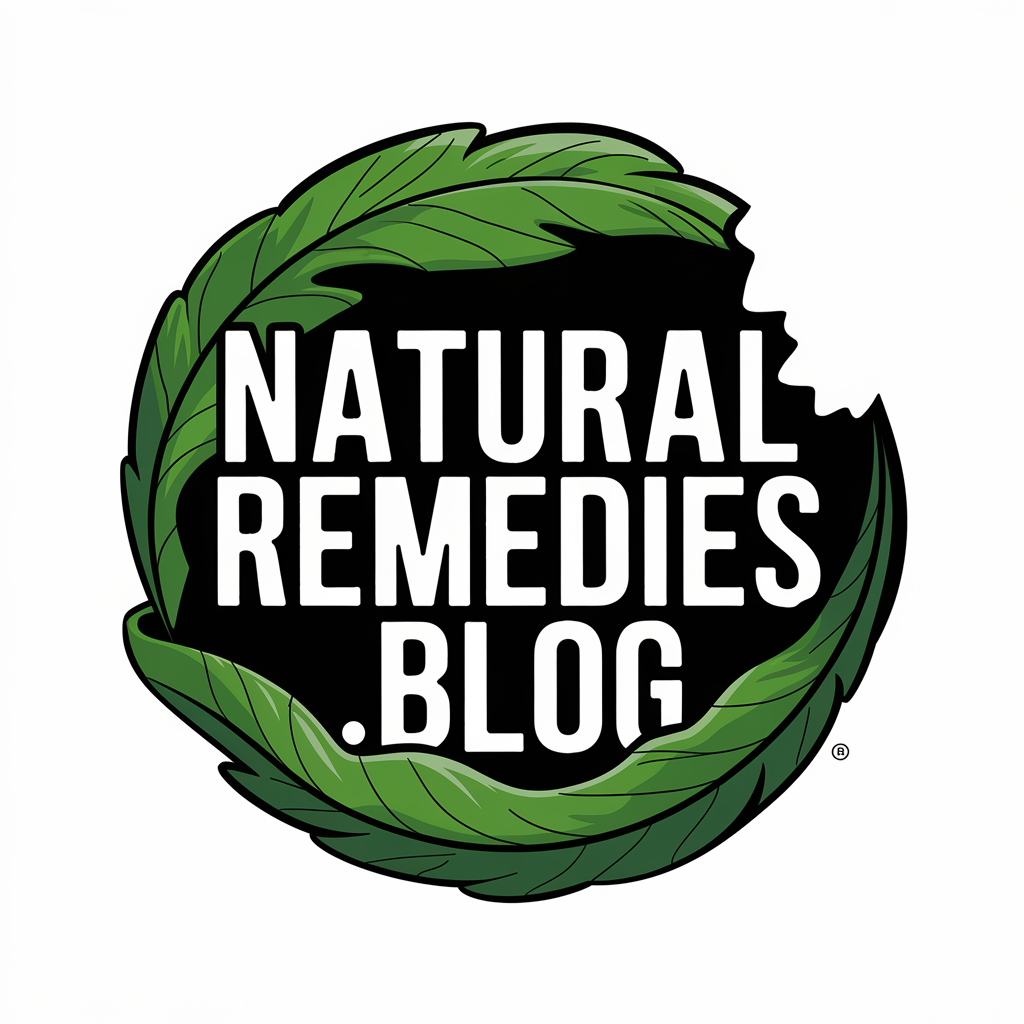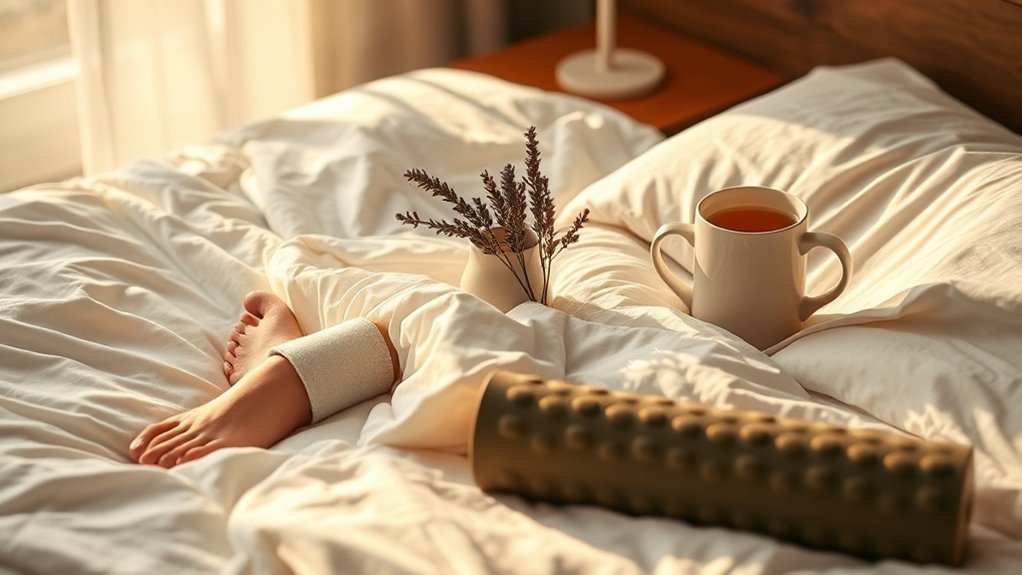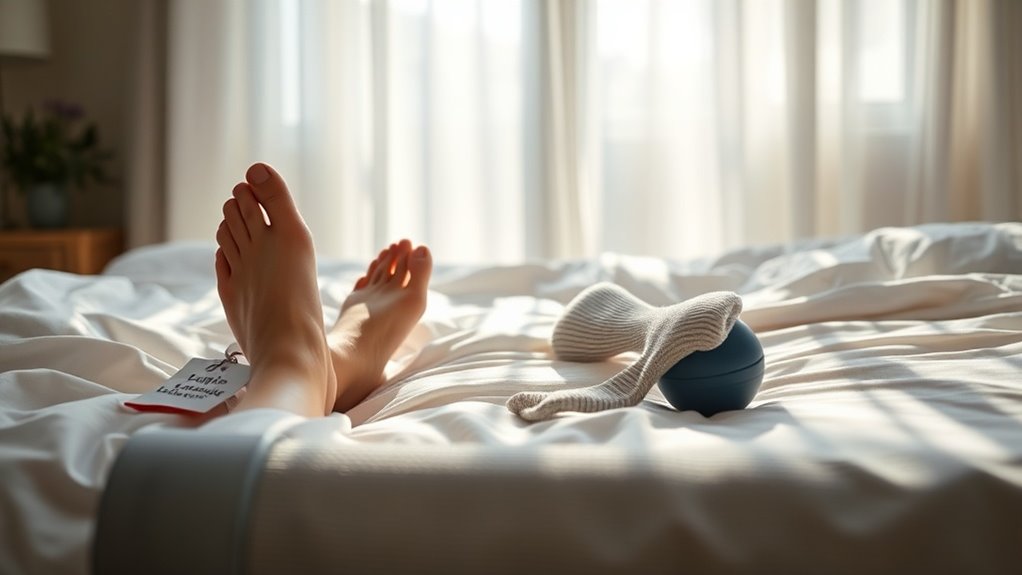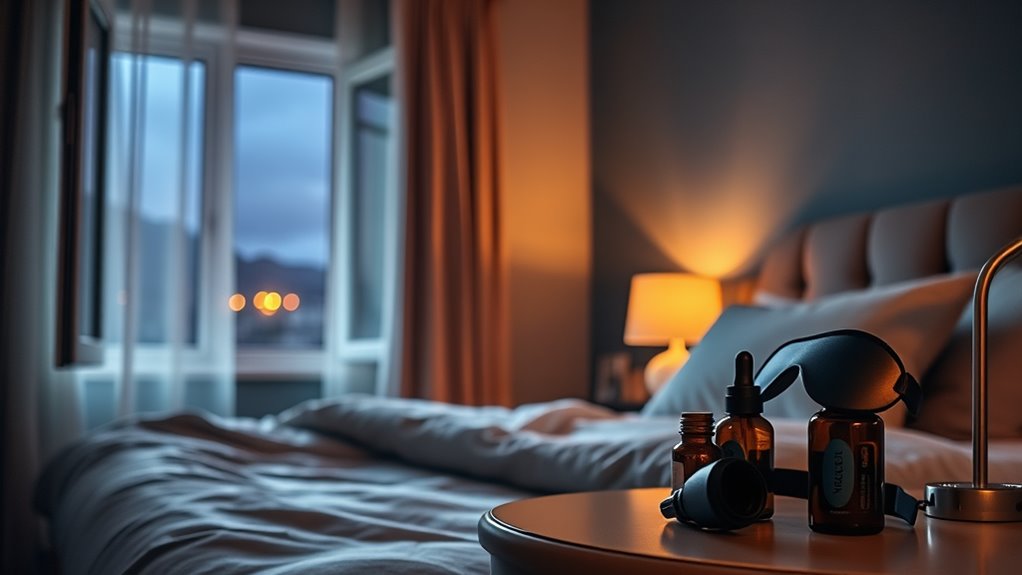Restless Leg Remedies That Bring You Calm at Night
When restless legs transform your peaceful nights into a symphony of twitches and discomfort, you’re not alone in seeking relief. You’ll find that managing Restless Leg Syndrome doesn’t require suffering through sleepless nights or relying solely on prescription medications. Through a combination of natural remedies, lifestyle adjustments, and proven relaxation techniques, you can create your personalized strategy to calm those restless sensations and reclaim your nights.
Understanding Restless Leg Syndrome and Its Impact on Sleep
Although Restless Leg Syndrome (RLS) affects up to 10% of adults in the United States, many people don’t recognize its telltale symptoms: an irresistible urge to move the legs, especially during periods of rest.
You’ll often experience these sensations in the evening or at night, making it difficult to fall asleep or stay asleep. The discomfort can feel like crawling, pulling, or tingling beneath your skin.
While the exact cause isn’t always clear, finding effective restless leg remedies starts with understanding how RLS disrupts your sleep cycles. This neurological condition can lead to daytime fatigue, mood changes, and decreased quality of life if left untreated. Additionally, recognizing potential triggers like caffeine and stress is essential for effective management and symptom relief.
Natural Supplements and Vitamins for Leg Comfort
Many people with RLS find relief through natural supplements and vitamins before turning to prescription medications. Research suggests several nutrients can help reduce symptoms and promote better leg comfort at night. Additionally, optimizing iron levels through diet or supplements can be an effective way to manage RLS symptoms.
| Supplement | Dosage | Benefits |
|---|---|---|
| Iron | 50-100mg daily | Supports dopamine production |
| Magnesium | 400mg daily | Reduces muscle tension |
| Vitamin D | 2000-4000 IU | Improves nerve function |
| Vitamin B12 | 1000-1500mcg | Enhances nerve health |
| Folate | 400-1000mcg | Supports B12 absorption |
You’ll want to check your current levels through blood work before starting any supplement regimen, as excessive amounts can cause adverse effects. Always consult your healthcare provider for personalized recommendations.
Stretching and Exercise Techniques That Reduce Symptoms
Regular physical activity and targeted stretching exercises can markedly reduce the discomfort of Restless Leg Syndrome (RLS).
You’ll find relief through calf stretches, hamstring extensions, and ankle rotations performed before bedtime. Focus on gentle, sustained stretches held for 30 seconds each.
Moderate aerobic activities like walking, swimming, or cycling for 30 minutes daily can help regulate dopamine levels and improve circulation.
If you’re experiencing an acute RLS episode, stand up and walk briefly, or try knee bends and leg lifts. Additionally, incorporating muscle stretches into your nightly routine has been shown to provide significant relief for those suffering from RLS symptoms.
Remember to avoid vigorous exercise close to bedtime, as this may worsen symptoms.
Lifestyle Changes to Minimize Nighttime Discomfort
Simple lifestyle adjustments can considerably reduce the severity of RLS symptoms during nighttime hours.
Set a consistent sleep schedule and maintain a cool, dark bedroom environment. Limit caffeine, alcohol, and nicotine, especially in the evening hours.
Consider taking warm baths before bedtime to relax your muscles and improve circulation. If you’re taking medications, talk to your doctor about ideal timing, as some drugs can worsen symptoms at night.
You’ll also benefit from stress-reduction techniques like meditation or gentle yoga before bed.
Keep a sleep diary to identify triggers that may intensify your RLS symptoms.
Massage and Heat Therapy Methods for Relief
Therapeutic massage and targeted heat application offer significant relief for RLS sufferers by promoting blood circulation and reducing muscle tension.
You can perform gentle self-massage using circular motions on your calves, thighs, and feet for 10-15 minutes before bedtime. Focus on kneading the muscles that feel most restless.
Apply a heating pad or take a warm bath 30-60 minutes before sleep to relax tense leg muscles.
For enhanced results, alternate between heat and gentle stretching. You’ll find that warm compression wraps are particularly effective when worn during evening activities, as they maintain consistent muscle warmth and encourage blood flow.
Creating a Bedtime Routine for Better Sleep
Building on the benefits of massage and heat therapy, a well-structured bedtime routine can maximize your chances of managing RLS symptoms at night. A consistent routine signals your body that it’s time to wind down and prepares your nervous system for rest.
-
Set a fixed bedtime and wake time, even on weekends, to regulate your circadian rhythm.
-
Dim lights and avoid blue light exposure 2 hours before bed to boost melatonin production.
-
Practice relaxation techniques like deep breathing or gentle stretching 30 minutes before sleep.
-
Keep your bedroom cool, dark, and quiet to create ideal sleeping conditions. Utilizing relaxation techniques like progressive muscle relaxation and deep breathing can further enhance your ability to manage symptoms effectively.





